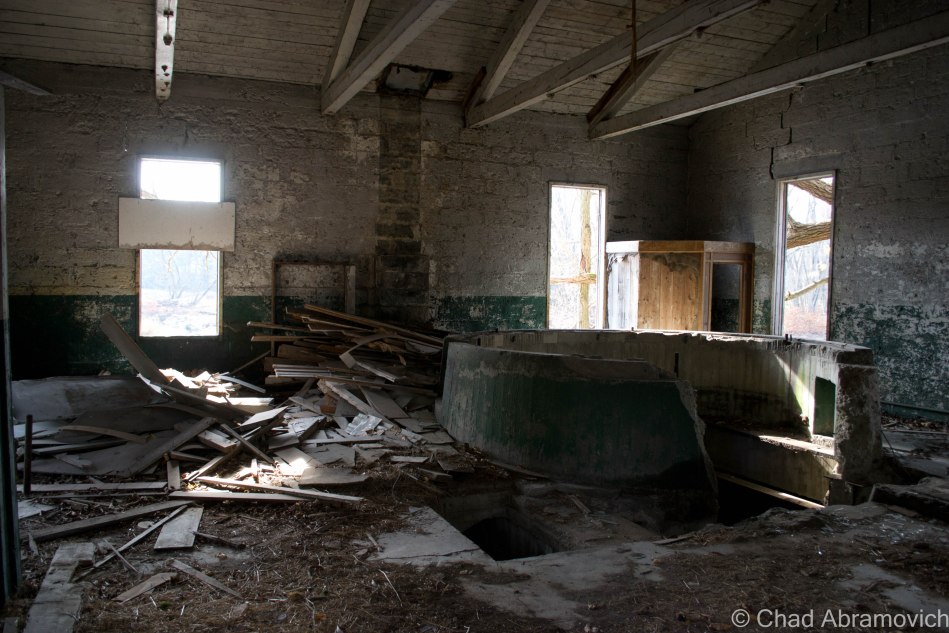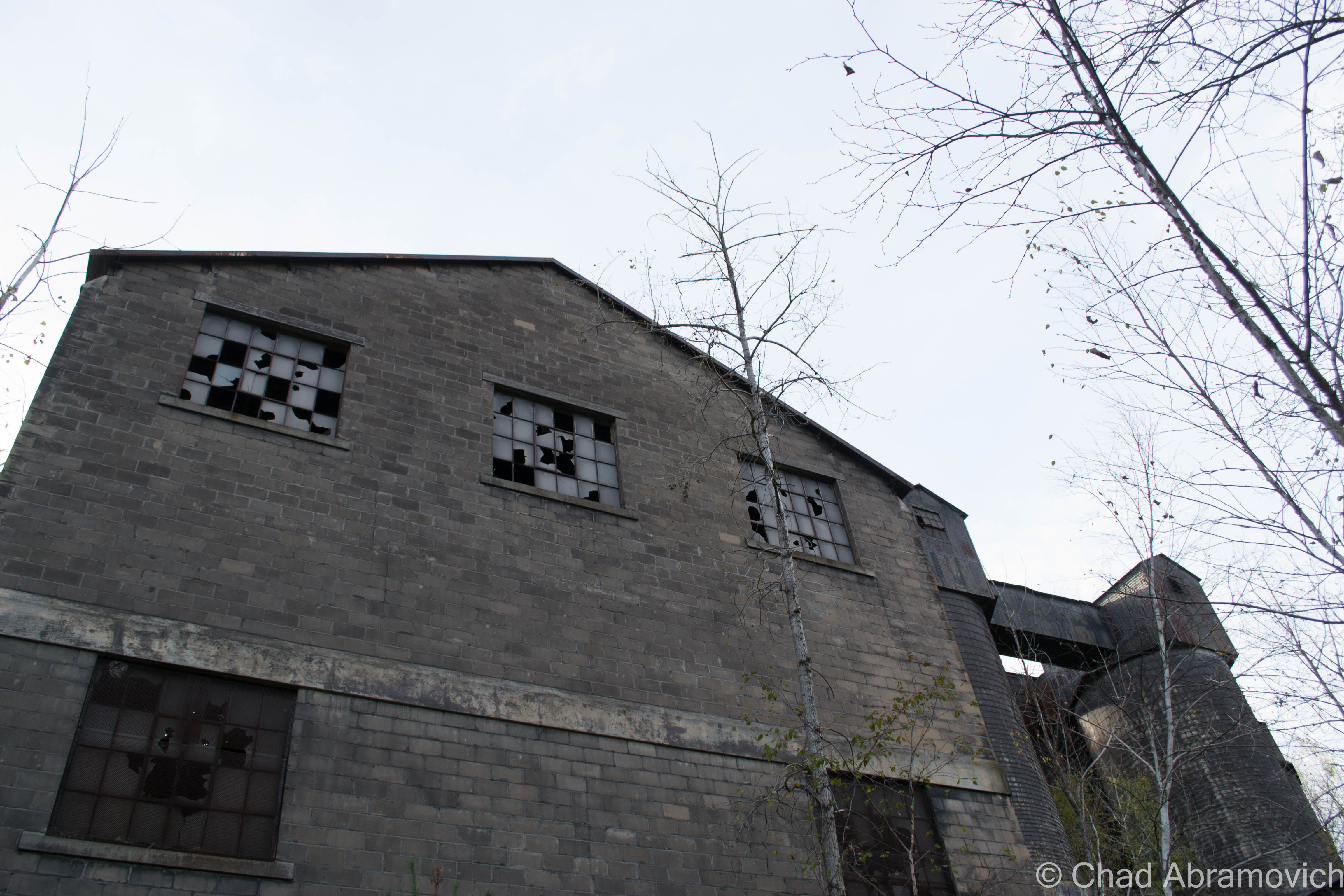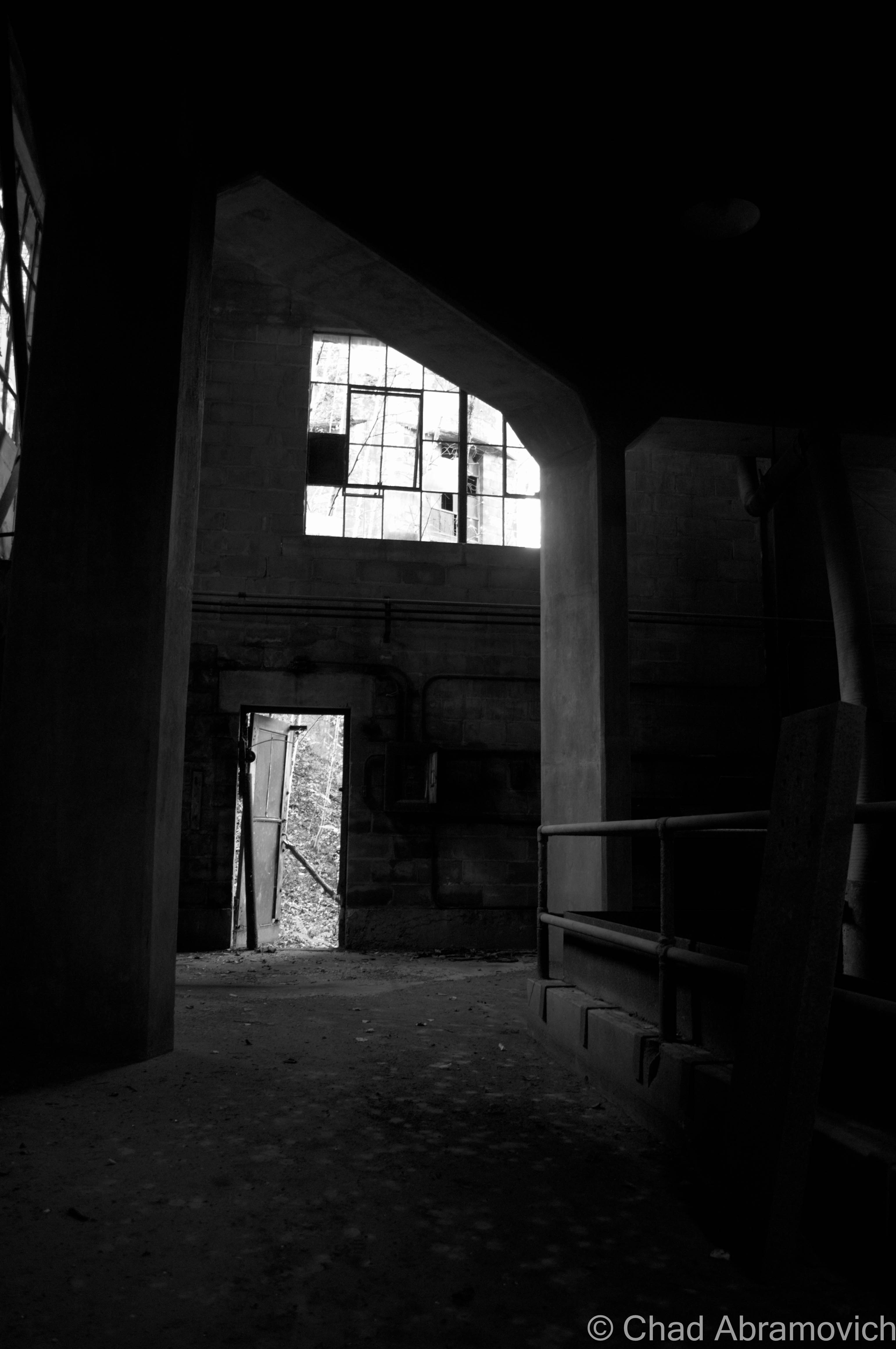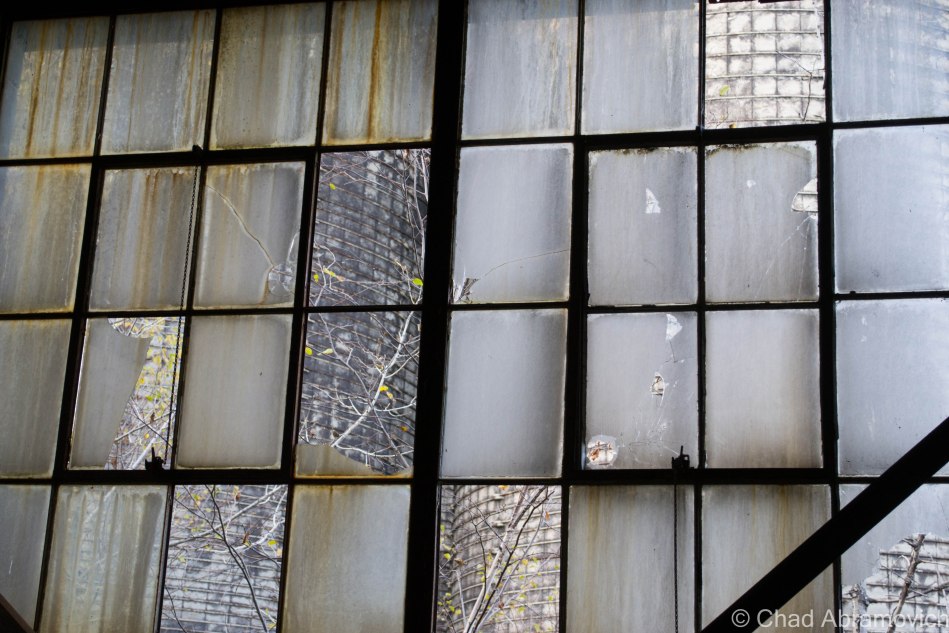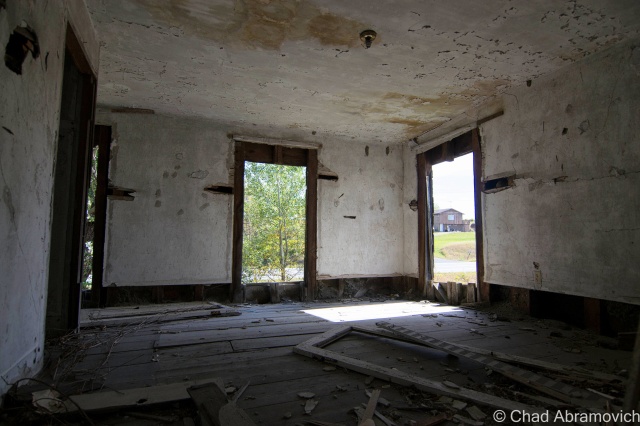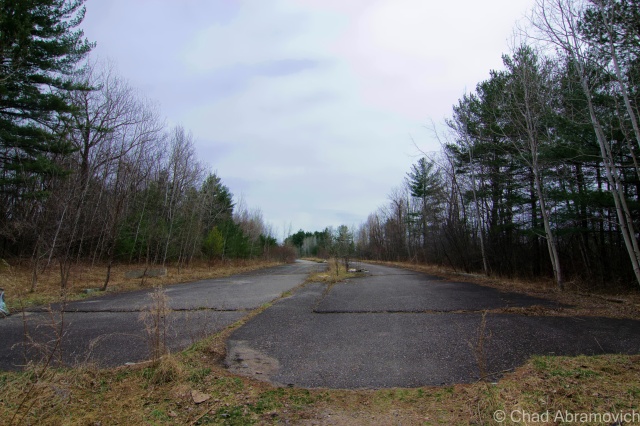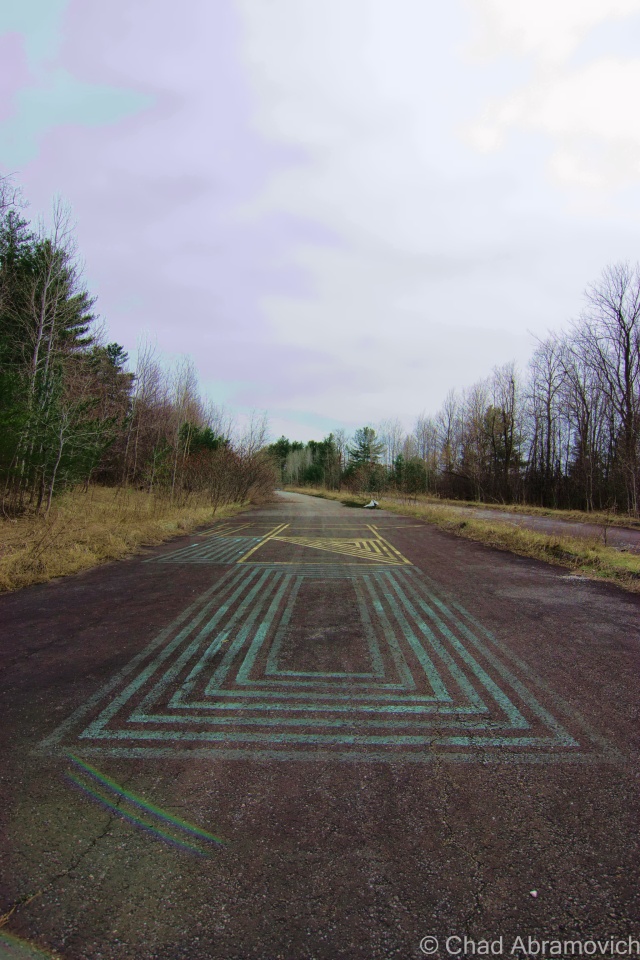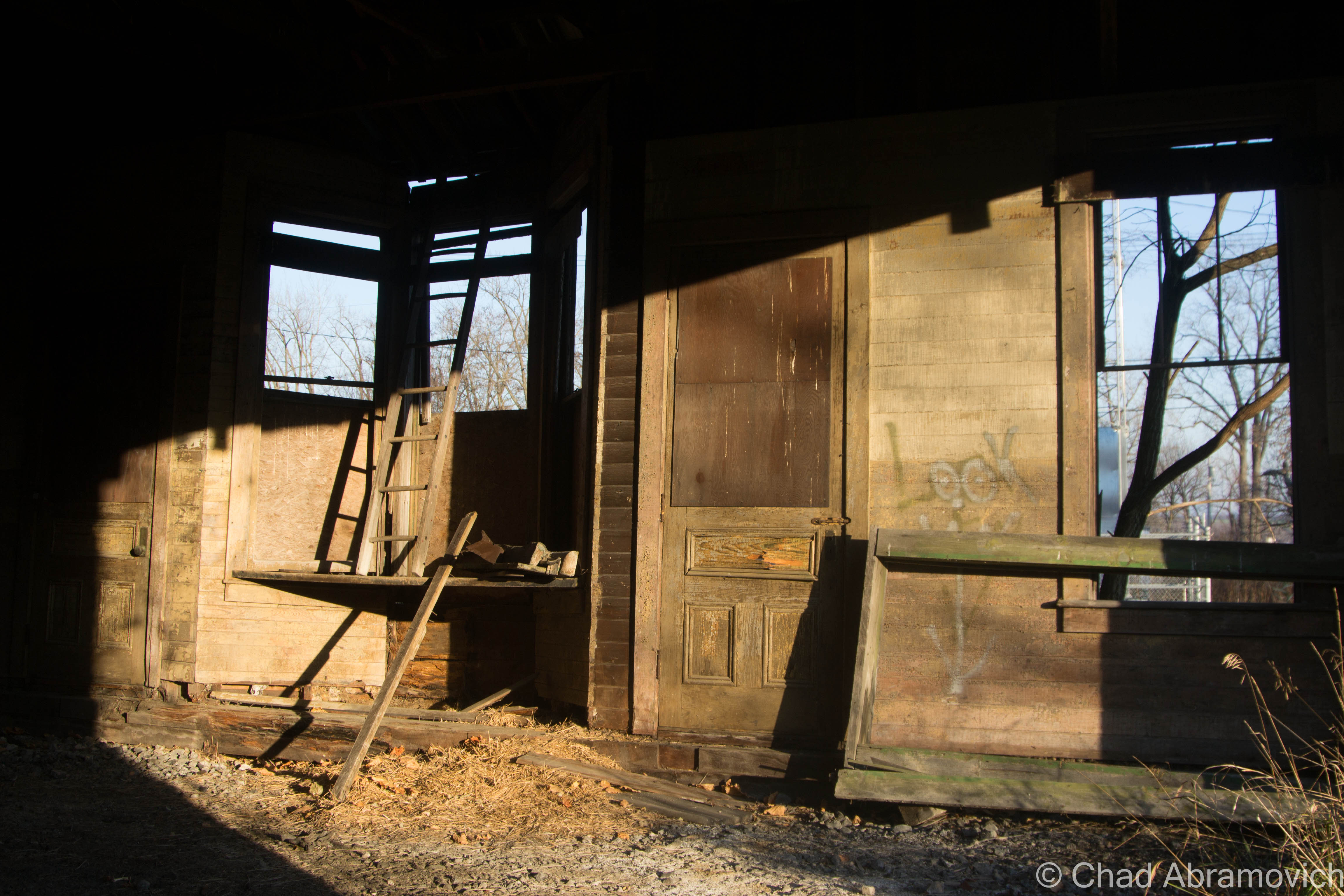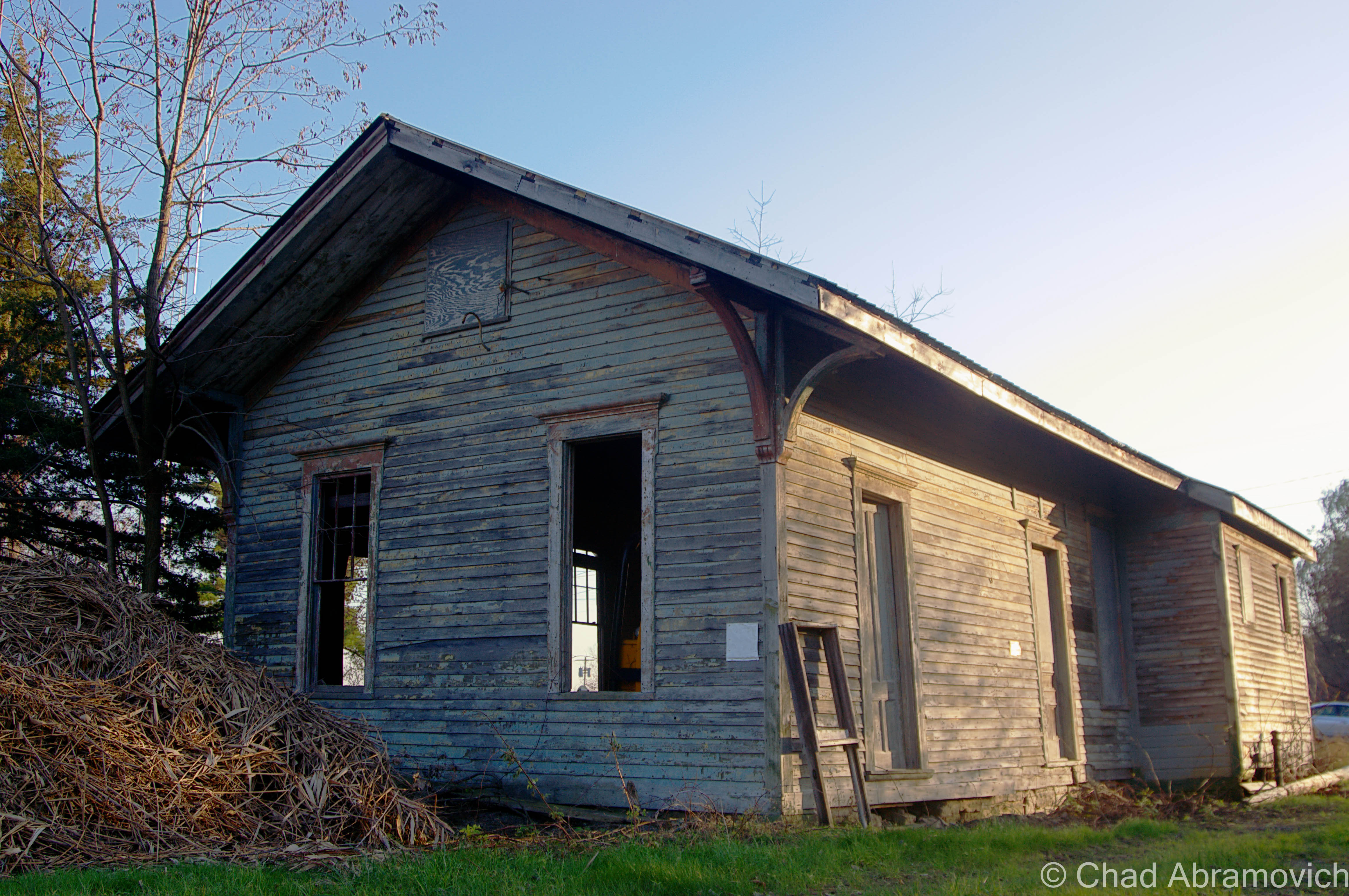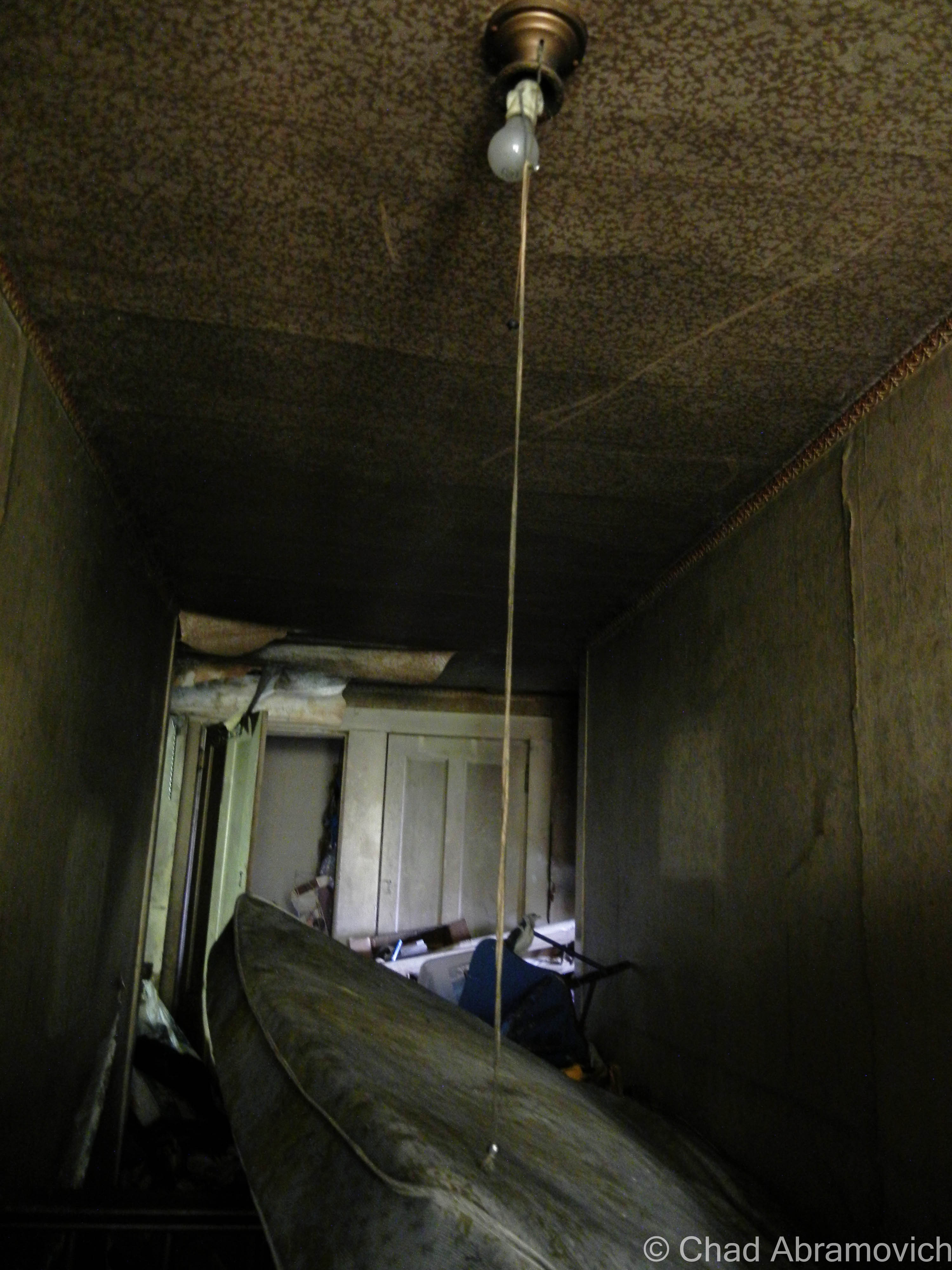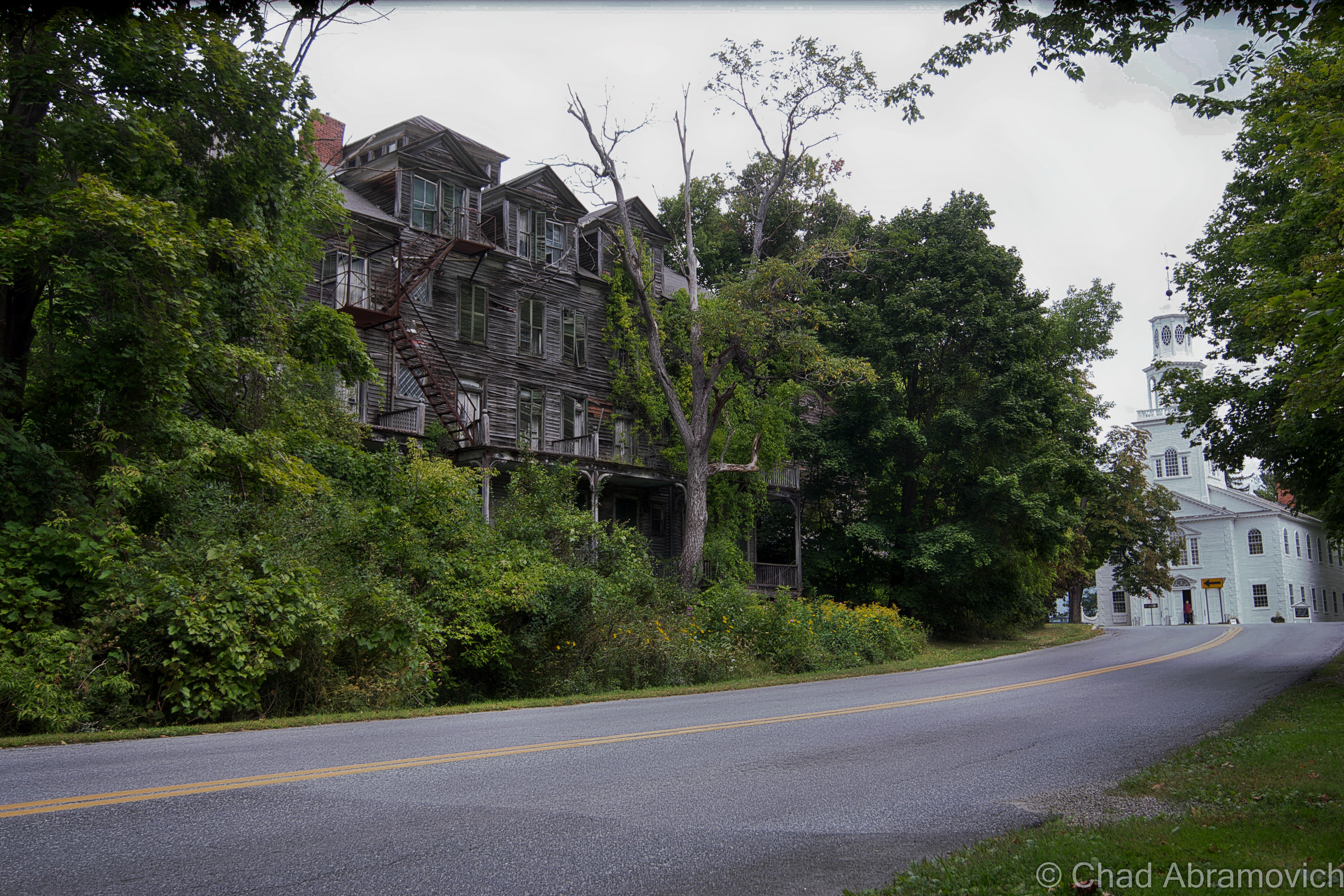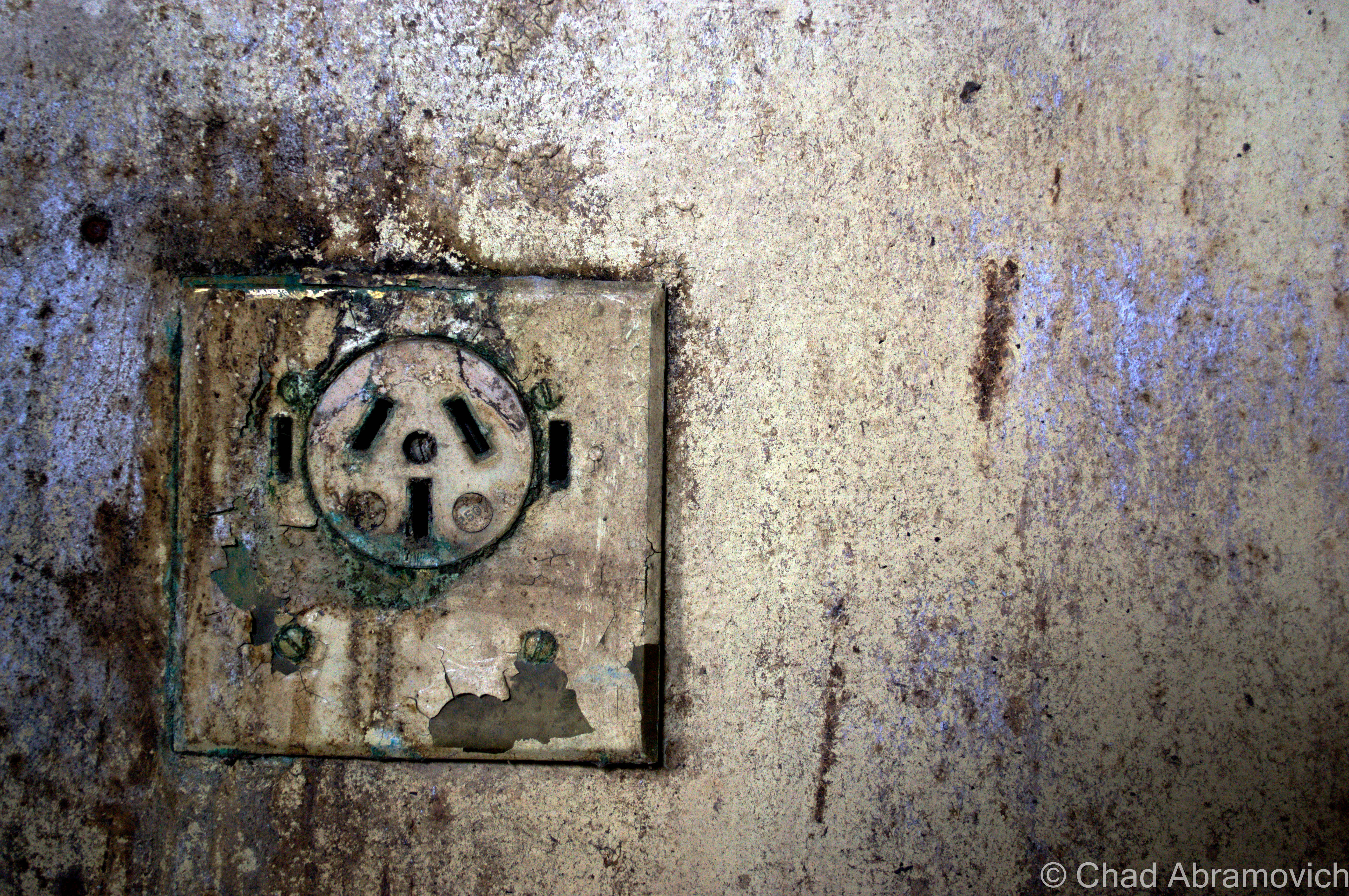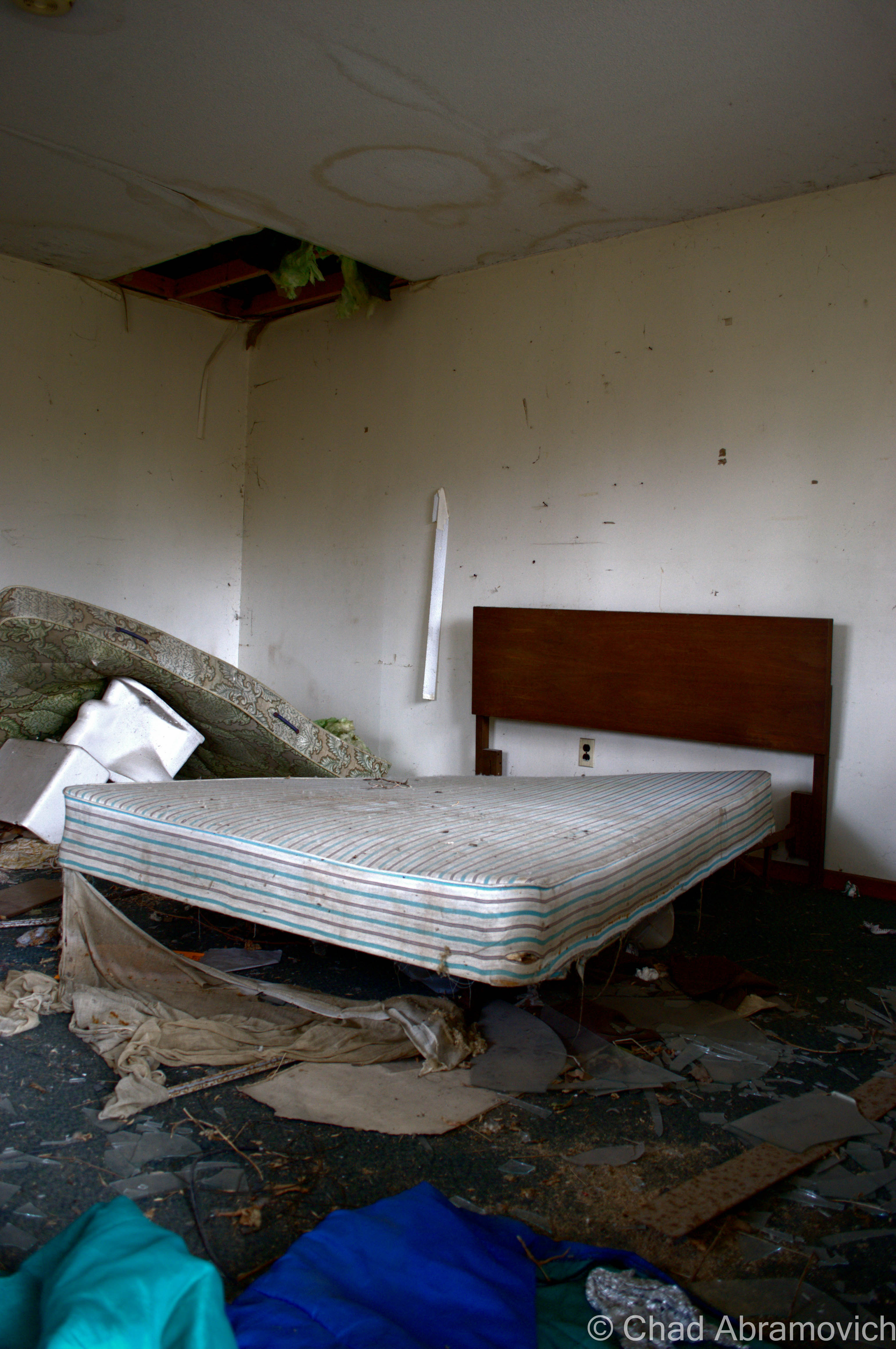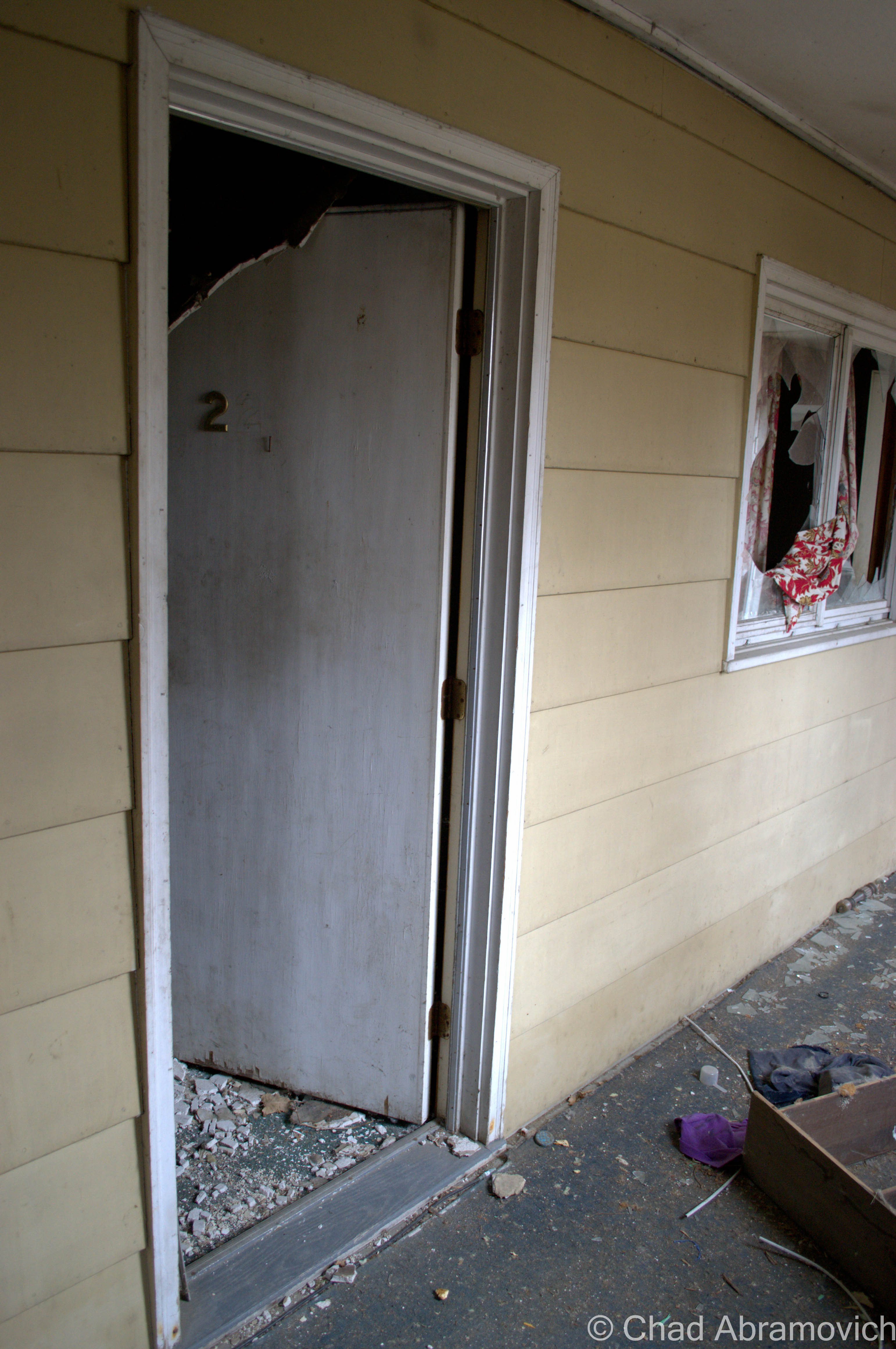Winooski is a brawny old mill town built intentionally on a series of cascades on it’s namesake river that would power the woolen mills that built the city, and a prevalent French Canadian populace that affixed their surnames to street signs and brought down francophone media from Quebec. The textile mills both lifted the city up, and then let it fall when the industry went bust. The flood of 1927 was particularly harsh to business, when swells of rapid brownish watery destruction decimated most of the buildings along the riverfront. The mills never recovered fully, and went from the state’s largest employer, to limping along rather awkwardly until 1954 when they shuttered for good after they no longer landed government contracts when new synthetic fibers became the future.
The town was bruised for decades afterwards underneath economic blight, higher rates of poverty, and a humbling lack of identity. In the late 1970s, the one square mile burb made news when it ambitiously decided it was going to build a glass dome over the city to keep down the costs of heating prices in the winter, and partially for a publicity stunt inspired by a town meeting with lots of wine. That idea surprisingly almost happened, but was coffined in the 80s, when the Reagan administration came into power and decided that there were better things to spend money on.
A few more decades later, Winooski once again made headlines for another construction project; brazenly undertaking the largest downtown redevelopment project in state history, which simultaneously included the construction of a controversial rotary that was oddly blueprinted on a hill. It was intended to lessen traffic congestion where routes 2,7 and 15 met downtown, but instead confused and upset certain commuters and Winooski-ites, earning it the bad for business nickname “the circle of peril”. But their massive scale improvement project seemed to work, and years later, downtown Winooski has filled in with some of the best eateries in the Burlington area, a pretty enjoyable microbrewery and an awesome indie music festival which brings all sorts of converging artists into town.
Brawny industrial towns like Winooski have had their rises and falls, but if there is one good thing about old mill towns, is that their lasting impression comes in the form of admirable architecture. More precisely here, it’s spacious and handsome brick mills. Most of the old mill buildings have taken on new lives as very nice mixed office and apartment space, but a small vestige of Winooski’s raw and unrenovated industrial past can still be seen, if you know where to look.
Sulking behind the expansive brick edifice of the Woolen Mill, down in a recessed area of scraggly trees and the graveyards of stagnant mill ponds once formed by water entering through the low stone tunnels now being filled in by erosion, sits the crumbling remains of a brick tower.
These dangerous ruins were enigmatic to me, as I know practically nothing about early twentieth century mill operations, so with the help from my friend who was also the one who took me here, a little research was done and was able to shed some light on what this tower once was.
Basically, there is a large intake pipe at the top of the tower. Using gravity, the water flows from the river to the top of the tower.It then is diverted downwards into a turbine where the rushing water turns a wheel before being used for power generation. This turning wheel would have been connected to a shaft that ran into the mill to turn and power the equipment. After 1930 however, the turbine would likely have been repurposed, so instead of using water to create mechanical energy to turn the actual machines, the machines began to use electricity So the turbine would have been repurposed. Instead of turning a shaft and going into the mill, it turned a shaft that turned an electric generator and this power would have supplied the mill. Or, something perhaps very similar to the diagram below. (If you are using this blog for any sort of essay information, I encourage you to find a more reputable source)
Sure enough, there were the remnants of additional pipes and tunnels that formed a broken trail from this spot over to the bridge where the water levels were higher, making this a very plausible description of how this tower might have functioned.
But by looking at the crumbling, and rusted ruins today, they keep their secrets far from your presence, besides the strikingly obvious – this place is dangerous. The tower had made its mark on this part of the property since it’s construction, its shadow forever burning its impression into the wet ground around it, but a few more winters may finally bring this decrepit place down into the muddy recesses of the foul mill wastelands below it.
A surprisingly warm day for December 2nd in Vermont, I probably could have gotten away with just a flannel or a hoodie, but chose to bring a more protective layer just in case. And I’m glad I did. As we shambled over piles of soggy ground and driftwood to the arched entrance, the inside of the tower was noticeably colder – the air was dead inside. There would be no “safe” traveling, so much had fallen that we were constantly crawling over untold amounts of dirty bricks covered in slime and rust, underneath piles of the rotting wooden floors above that had long collapsed below.

At this point, our excitement had gotten the better of us, gawking at the incredible textures to photograph, the industrial gears frozen in rust and time as the shadows became wild. The inevitable and comic question of what the cold slimy substance our hands were touching was mentioned a few times, as well as how surprised we were that we hadn’t ran into any animals yet – these dark and cavernous ruins would make the perfect home for a mischievous creature.
Turning to the realization that we had spent an hour or longer (most definitely longer) inside a dank crumbling tower, and we were beginning to feel the effects. My hands were numb, and we were more than filthy. “I think it’s time we head out” I said. But it was then I realized exactly how much work we went through to get to our current position, and all that clambering and wedging through those tight damp spaces back to the entrance just didn’t excite me. “Think we can fit down there, and climb out that way?” I asked, pointing to the dark area below the steel beams that suspended us above the pit. Below us, was a crumbling shadowy world of filth and fallen bricks, with a tunnel type entrance out to the former mill pond. Going out that way would save us a lot of time, if we could make it. “We’re not 16 anymore” I jokingly called up to my friend – I am not nearly as limber as I was. Down there, it was so cold, icicles were forming on the pipes. “I’ll give you $5 if you eat one of those” my friend called above me. I declined the offer to fatten my wallet and made my way out. He soon followed.

It’s incredible to think about the ingenuity and complex systems behind how these mills harnessed the natural water power of the falls. Today all that remains of Winooski’s industrial legacy are the buildings, a few relics in a museum, and little else. The Winooski skyline as viewed from Burlington is a great picture and one of contrasts, the Champlain Mill and the new downtown symbolically rising next to it.
Nearby, on the rocky ledges of the Winooski River Gorge, there were a few more sites of interest, so before we wrapped up our adventure, we took a short ride from Downtown Winooski to Colchester.
The Walls
Years ago, you had to stumble your way along a riverbank of roots, swamps and thick northern jungle to reach this cool urban locality. Nowadays, there’s a path and a designated natural area that brings you here, which in a way is sort of a bummer.
The area underneath the interstate bridge that spans the Winooski River in Winooski city is colloquially called “the walls”, a youth minted term which is most likely a reference to the humongous concrete pylons supporting one of the busiest bridges in the state overhead. Those pillars are sprayed with some of the best graffiti and spray paint art in the state. In my humble opinion anyways. The robust and colorful artwork is always evolving, with some tags in seemingly difficult to reach places that conjure more questions and hint at the engines and the love of those who do their thing here.
I’ve met some local taggers down there before on a summers afternoon years ago. Most people you run into are friendly folk who will strike up a conversation with you. The other half are either people like me, or teenagers who are smoking swisher sweet cigars they got from the local Maplefields convenience store having fires along the beach areas. The area is a neat one, which is undoubtedly why it draws so many eclectic folks. It’s isolated and a bit of an inconvenience to get to, with thick vegetation, sandy river bottom beaches and the gradual limestone rises of the Winooski gorge giving it a dislocated feel from the pulse of Burlington, but never too far from the hum of the highway.
There is an abandoned hydroelectric station amongst the ledges and evergreen forests of the gorge walls, but as we found out, access is almost impossible, and unless you want to risk a security encounter and some torn clothes as a result of climbing a very sturdy fortified fence. As I later found out from someone, if we had dared to climb down into there ruins, we would have been met with several feet of rapid flowing river water and foul mud that now flows freely through the complex. In this case, it was best just to admire it from a distance.

—————————————————————————————————————————————–
To all of my amazing fans and supporters, I am truly grateful and humbled by all of the support and donations through out the years that have kept Obscure Vermont up and running.
As you all know I spend countless hours researching, writing, and traveling to produce and sustain this blog. Obscure Vermont is funded entirely on generous donations that you the wonderful viewers and supporters have made. Expenses range from internet fees to host the blog, to investing in research materials, to traveling expenses. Also, donations help keep me current with my photography gear, computer, and computer software so that I can deliver the best quality possible.
If you value, appreciate, and enjoy reading about my adventures please consider making a donation to my new Gofundme account or Paypal. Any donation would not only be greatly appreciated and help keep this blog going, it would also keep me doing what I love. Thank you!
Gofundme: https://www.gofundme.com/b5jp97d4











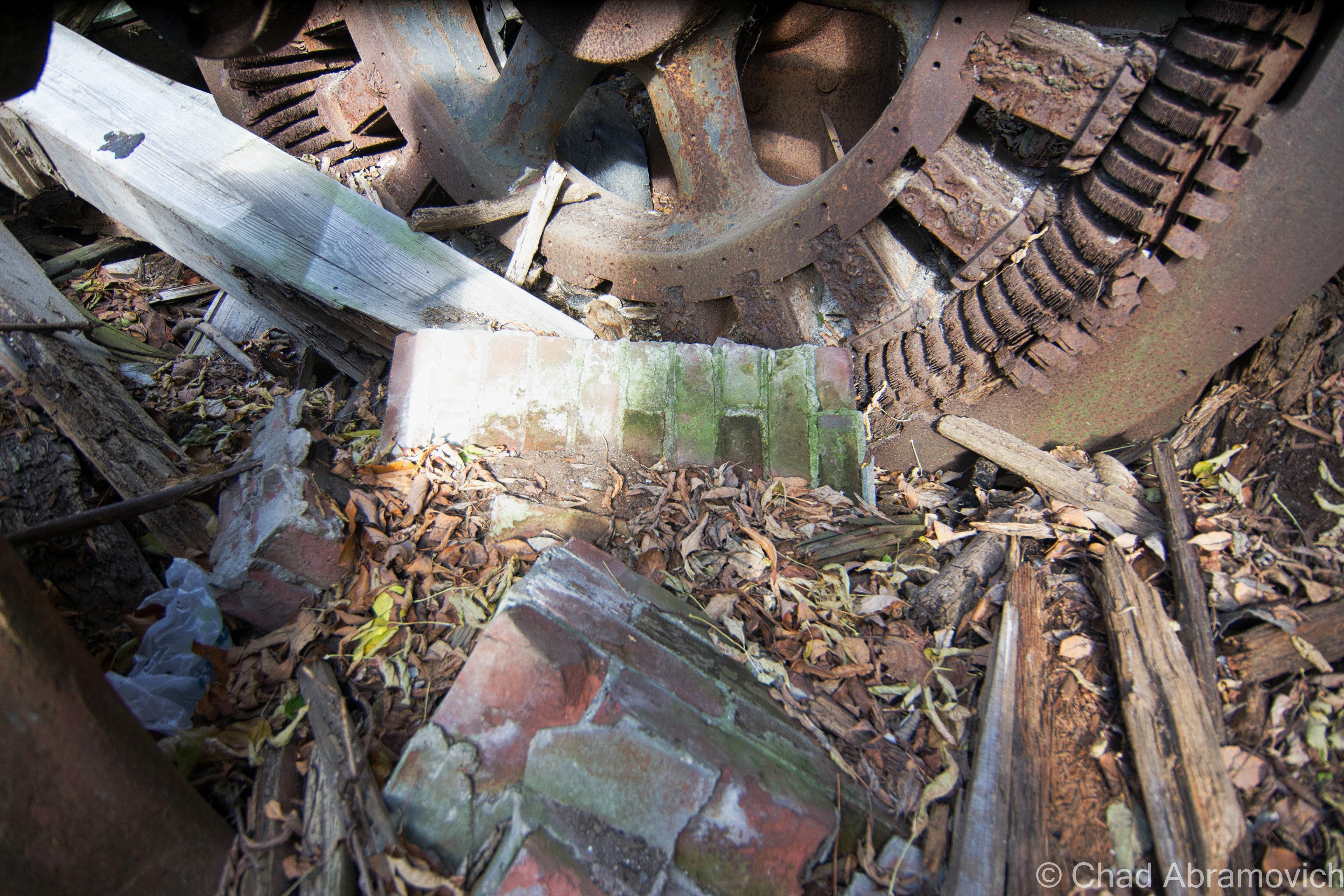





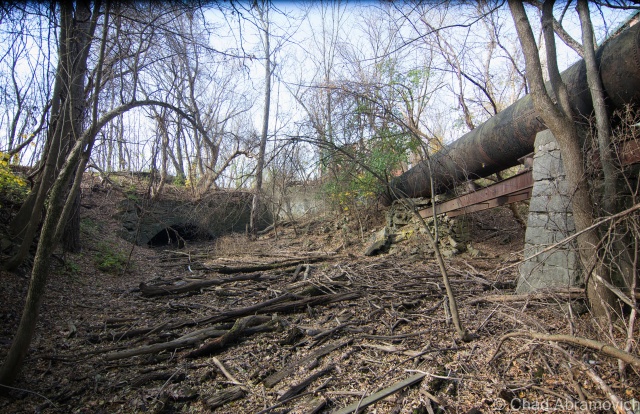


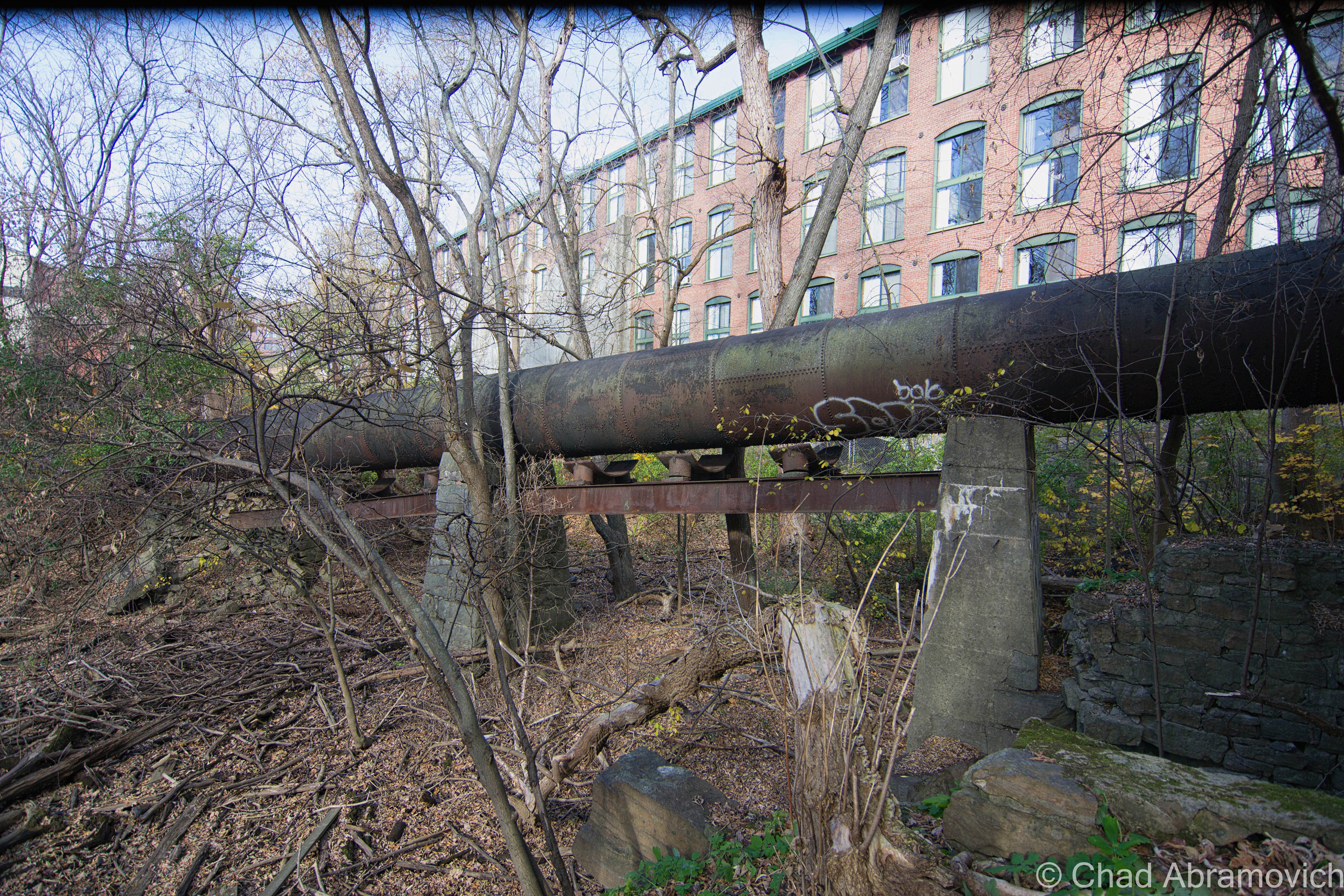
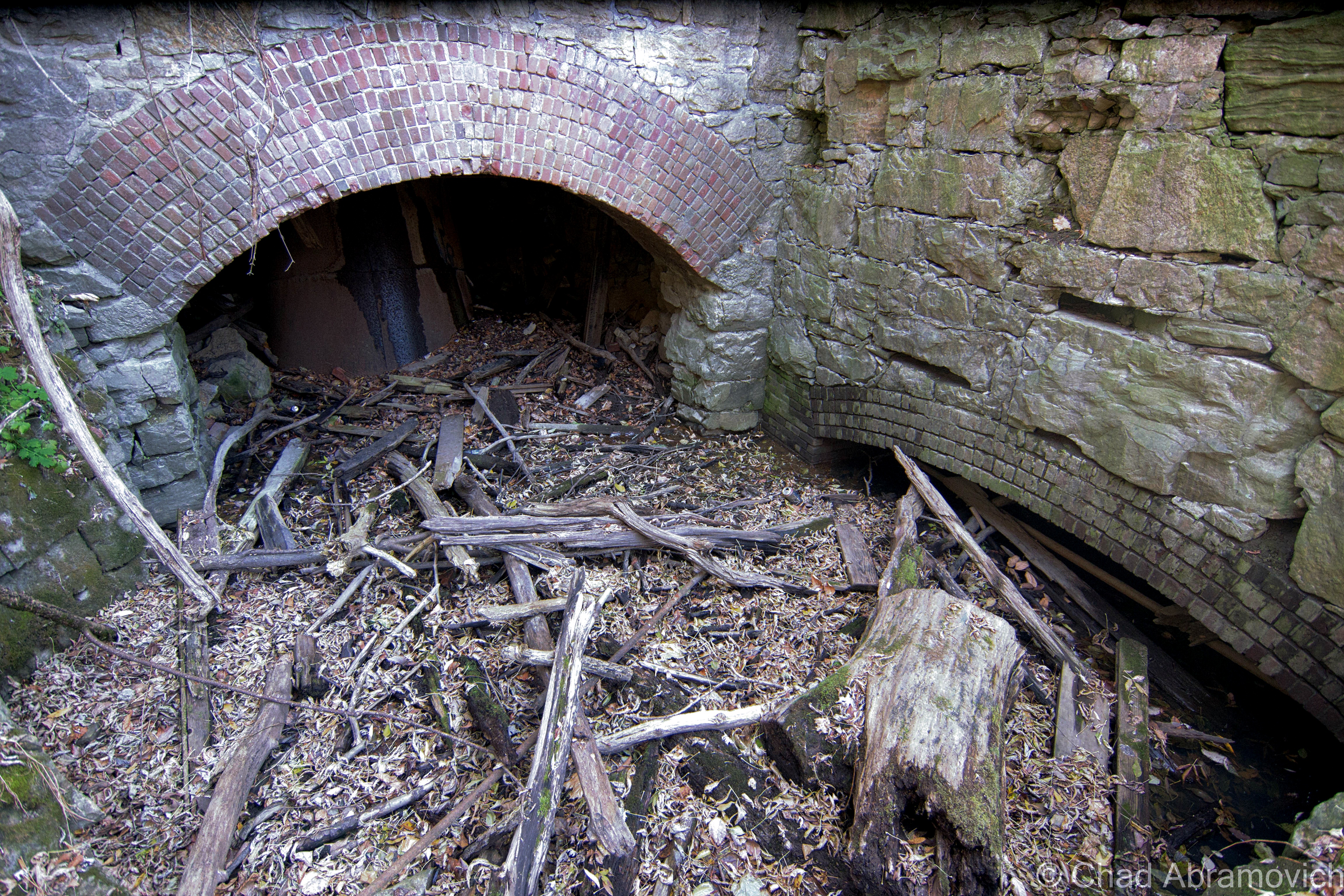


















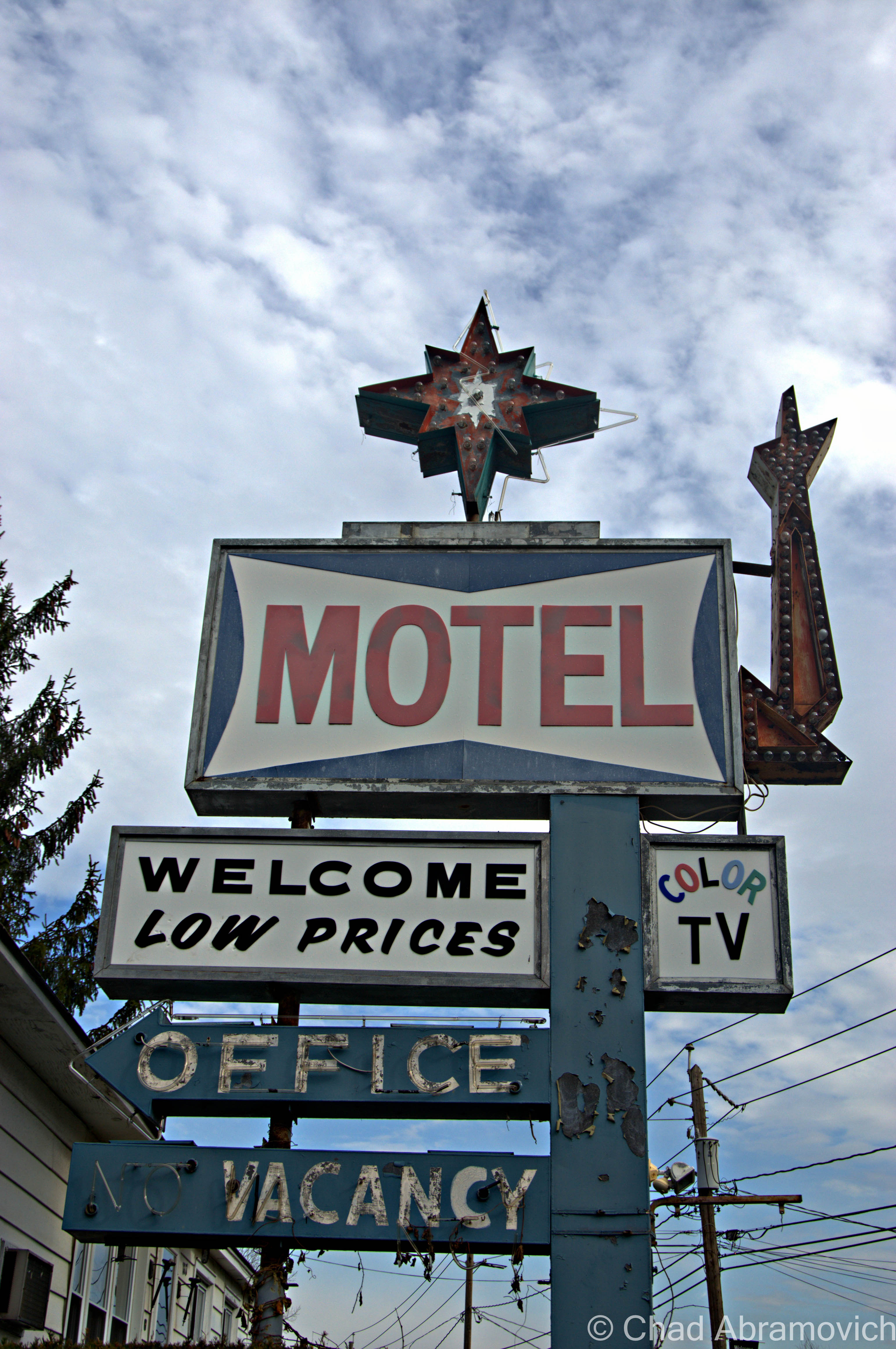









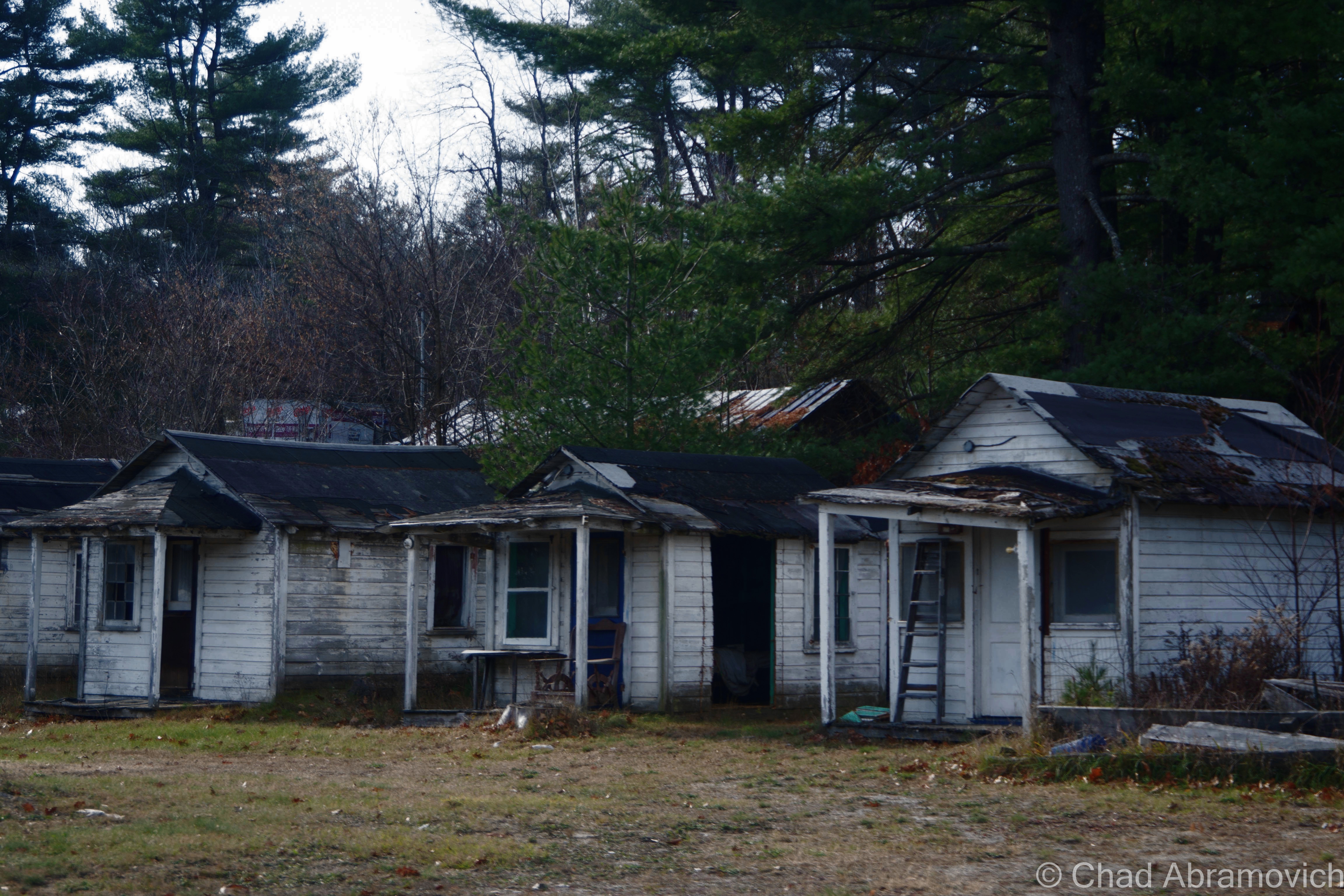
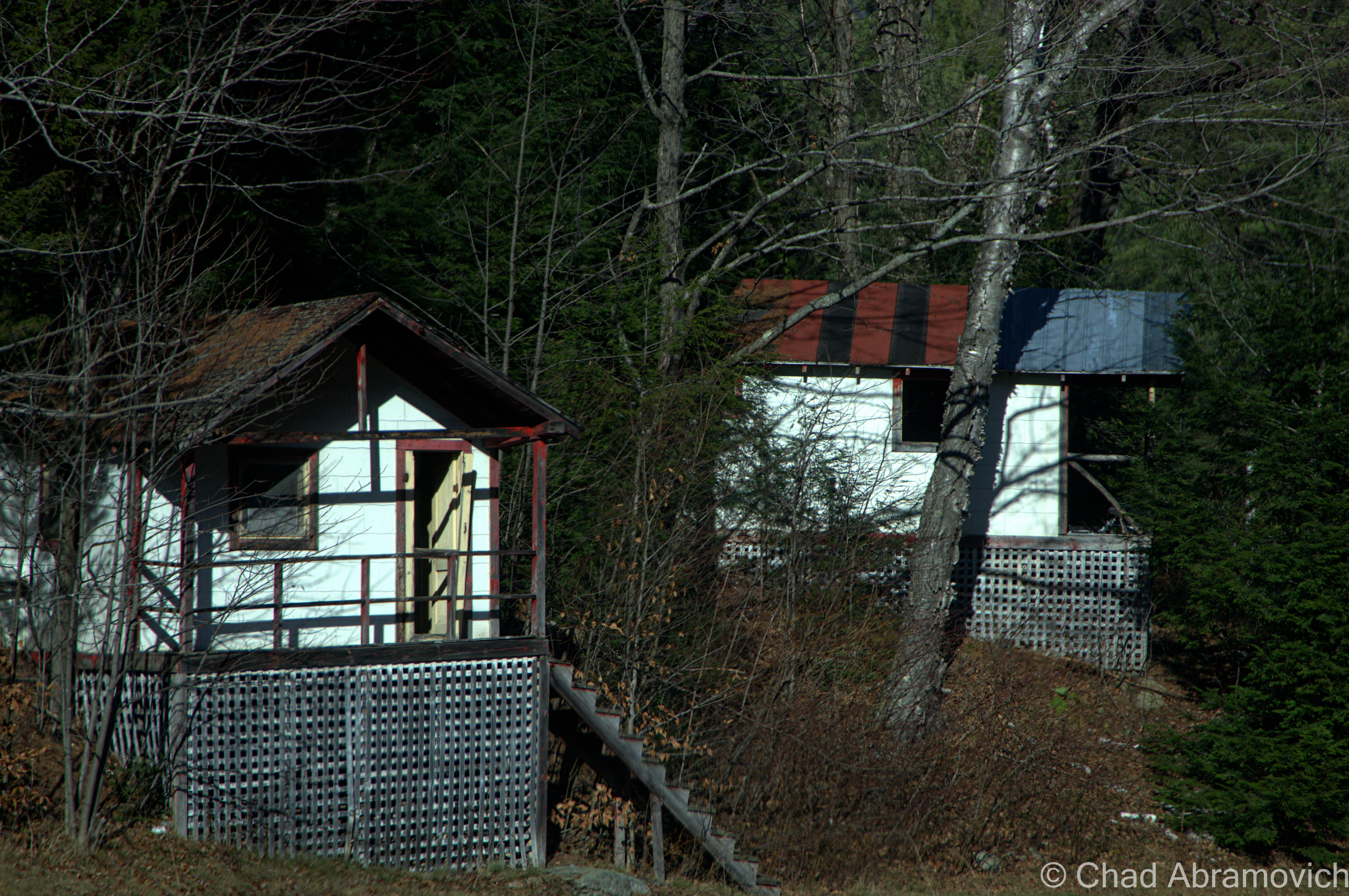
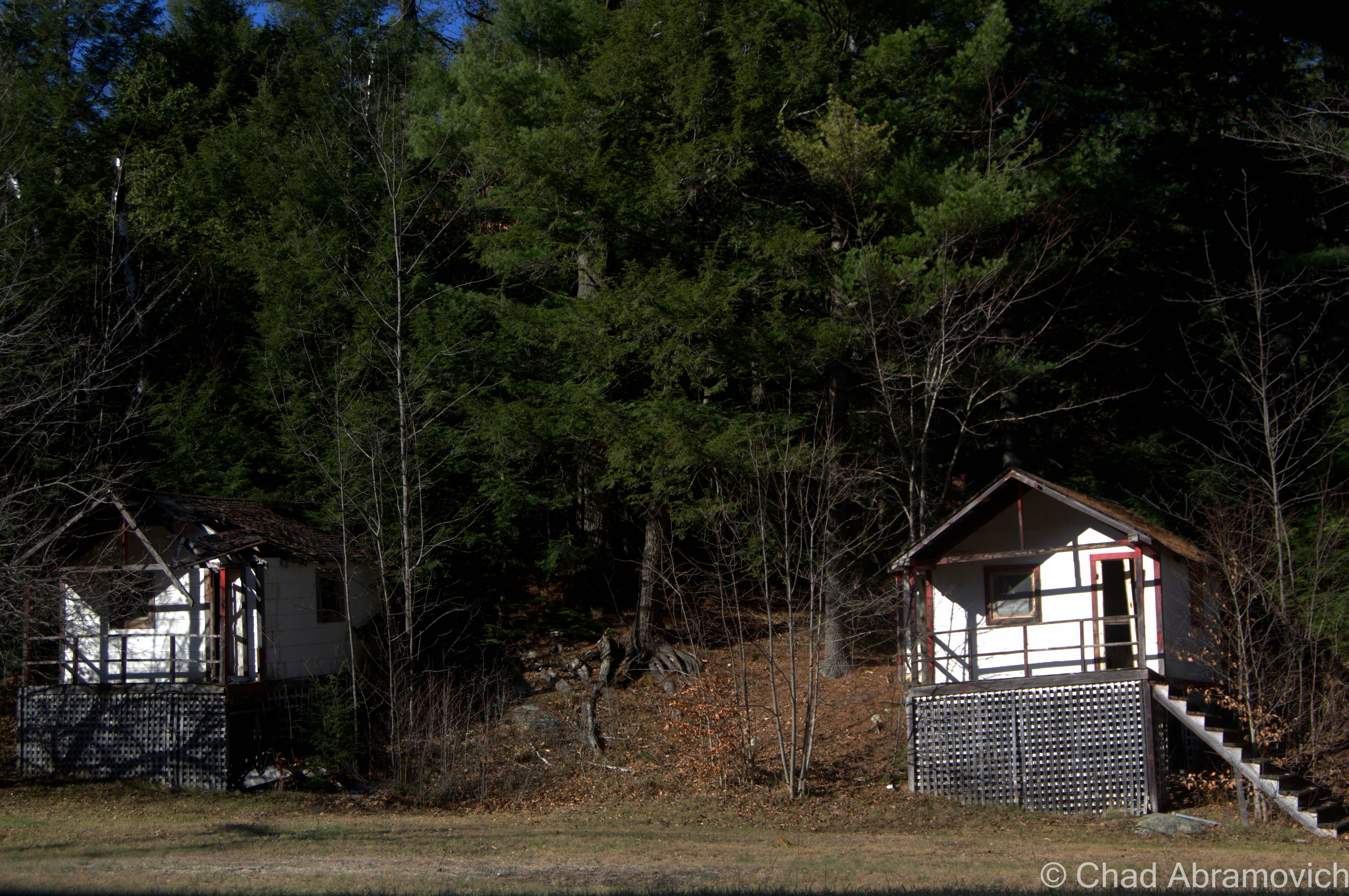


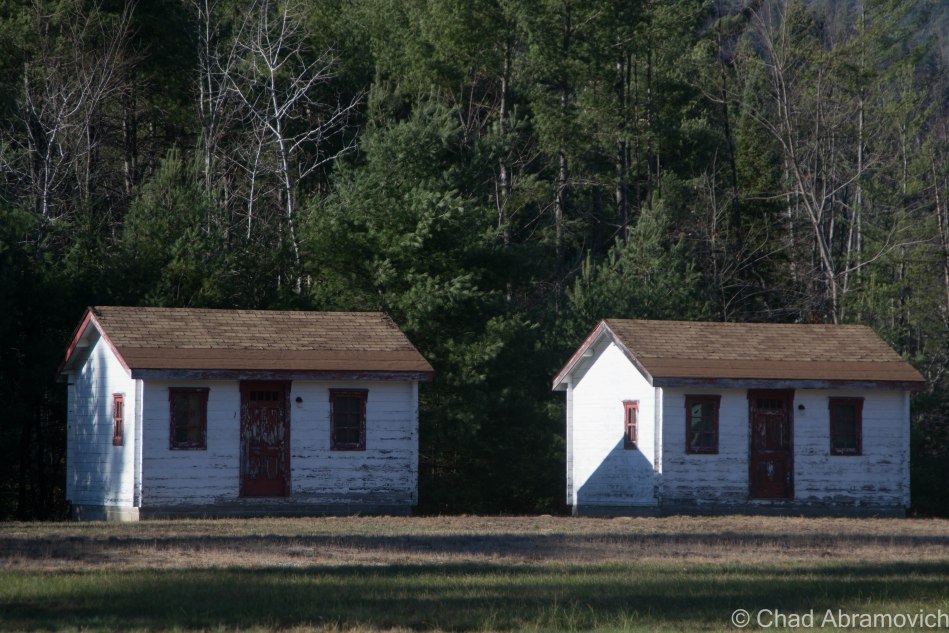











 Side Note: There is a ghost town in the mountains behind Frontier Town. If you’re curious, click on
Side Note: There is a ghost town in the mountains behind Frontier Town. If you’re curious, click on 
















